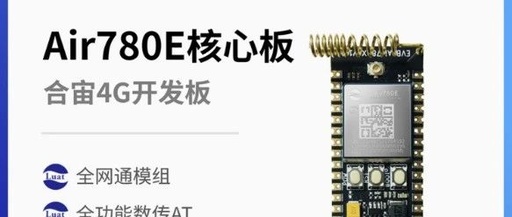Exploring the Air780E Low Power 4G Module: Watchdog Timer (WDT) Example
Read the latest documentation,Participate in: 【Find Errors in Documentation and Win Prizes】 Activity The latest documentation content can be found at:https://docs.openluat.com/air780e/luatos/app/service/wdt 1. Introduction to Watchdog Circuit The Watchdog Timer (WDT) is a monitoring circuit primarily used in embedded systems to enhance the reliability and stability of the system. With the help of the watchdog circuit, … Read more









